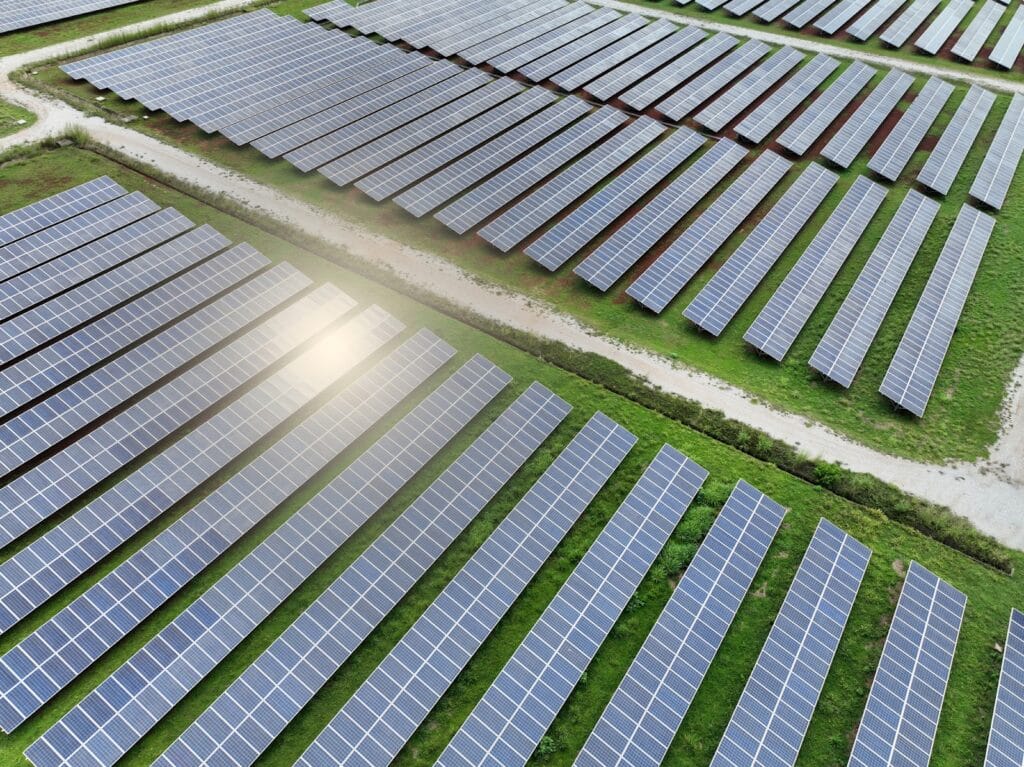POSTED
August 15, 2025
Can Ethical Investing Be Profitable? Exploring the Financial Upside of Purpose‑Driven Portfolios
Ethical investing—also known as sustainable investing or ESG investing—has evolved from a niche to a mainstream approach. According to the US SIF Trends Report 2024/2025, U.S. sustainable assets reached approximately $6.5 trillion at the start of 2024, representing about 12% of professionally managed capital. Notably, climate action remains the top priority across ESG strategies, signaling […]

Ethical investing—also known as sustainable investing or ESG investing—has evolved from a niche to a mainstream approach. According to the US SIF Trends Report 2024/2025, U.S. sustainable assets reached approximately $6.5 trillion at the start of 2024, representing about 12% of professionally managed capital. Notably, climate action remains the top priority across ESG strategies, signaling both investor values and sector momentum.
Ethical Investing and Performance Myths Busted
Historically, many assumed that ethical investments meant sacrificing returns. Yet, a large-scale meta-analysis of over 2,200 studies shows that approximately 90% observed a neutral or positive link between ESG strength and financial outcomes (Wikipedia: ESG & SRI summary).
Morgan Stanley’s Sustainable Reality report evaluated 11,000 funds from 2004 to 2018 and found no performance penalty for ESG-aligned funds. They often experienced less downside volatility than conventional portfolios (Morgan Stanley ESG Insights).
Even more compelling is the comparison for the second half of 2024: sustainable funds delivered a median return of 0.4%, compared to 1.7% for traditional funds. Yet, assets under management in ESG funds rose to $3.56 trillion, and modeled over six years, a hypothetical $100 invested in a sustainable fund would have grown to $136 by early 2025, versus $131 for traditional funds—a 4.7% cumulative advantage.
Utility‑Scale Solar: Where Purpose Meets Profit
If you want proof of how ethical investing can be financially attractive, consider utility-scale solar farms. These multi-megawatt ground-mounted projects tie investment capital to clean energy infrastructure, offering compelling financial characteristics.
Global solar capacity surpassed 2.2 TW by the end of 2024, growing nearly 30 % year-over-year, with over 600 GW installed in 2024 alone—the most significant single-year addition to date, according to IEA-PVPS (2025 snapshot) and industry reports.
In the U.S., utility-scale solar installations added ~9 GWdc in Q1 2025, which, although down 7% year-over-year, still ranked among the largest quarterly builds ever, driven by strong corporate demand. Total utility-scale PV capacity surpassed 80 GWₐc by the end of 2024, with 18.5 GWₐc added in 2023 alone (SEIA US Solar Market Insight Q2 2025).

How Utility‑Scale Solar Stacks Up Financially
Solar farms typically secure long-term Power Purchase Agreements (PPAs)—contracts of 10 to 25 years—providing steady, bond‑like cash flows that are insulated from commodity price swings. Projects often aim for 5 – 8 % internal rates of return (IRR), reflecting stable revenue potential (Shasta Power analysis). Certain development-stage vehicles targeting early project risk have pursued IRRs of 15 – 20 %+.
Meanwhile, technology costs keep improving. Solar module prices dropped from around $5/W in 2000 to well under $0.25/W by 2023, boosting margins. Economies of scale for large projects further reduce costs.
According to the U.S. Energy Department’s LBNL analysis, installed solar capital costs averaged $1.43/Wₐc, with levelized cost of energy (LCOE) at ~$46/MWh before incentives and ~$31/MWh after. In comparison, PPAs averaged ~$35/MWh, underpinning an estimated $13.7 billion in net economic benefits nationally in 2023.
The Investment & Risk‑Management Edge
Several factors strengthen solar’s financial case: electricity demand proves resilient even during recessions, solar assets tend to exhibit low correlation with equity markets, and they provide an excellent portfolio diversifier. During COVID‑19, renewable infrastructure showed notable resilience. Additionally, rising interest rates can pressure solar project financing, but IRA subsidies and long-term contracts help mitigate that risk (Time: high interest rate effects on renewables).
Longer-term investor confidence remains solid. Despite the recent rollback of subsidies through the One Big Beautiful Bill Act (OBBBA), major players like Pictet Asset Management, Partners Group, and Climate Adaptive Infrastructure are maintaining long-term investment in utility solar and storage, citing structural electricity demand growth, AI-driven energy needs, and favorable cost competitiveness (FT: Why investors remain bullish on U.S. renewables).
Real‑World Impact & Investor Motivation
Solar farms drive more than just returns. A typical utility-scale installation can avert hundreds of thousands of pounds of CO₂ emissions per acre annually, creating measurable carbon reduction. Projects also generate local jobs, boost municipal tax revenues, and improve infrastructure—benefits highly valued by socially conscious investors.

In Summary: Profit and Purpose Can Harmonize
If you’re asking, “Can ethical investing be profitable?”—the answer is clearly yes. Purpose-driven portfolios, especially those anchored in utility-scale solar, offer compelling financial opportunities: stable long-dated revenues, competitive IRRs, diversification benefits, plus measurable climate and community impact.
At Shasta Power, we hold fast to the belief that investors don’t have to choose between financial growth and positive global change. Investing in sectors like utility-scale solar lets you pursue both intelligently and impactfully.
If you’re ready to add ethical investments to your portfolio, connect with Shasta Power today and learn how you can take part in the green energy revolution!





